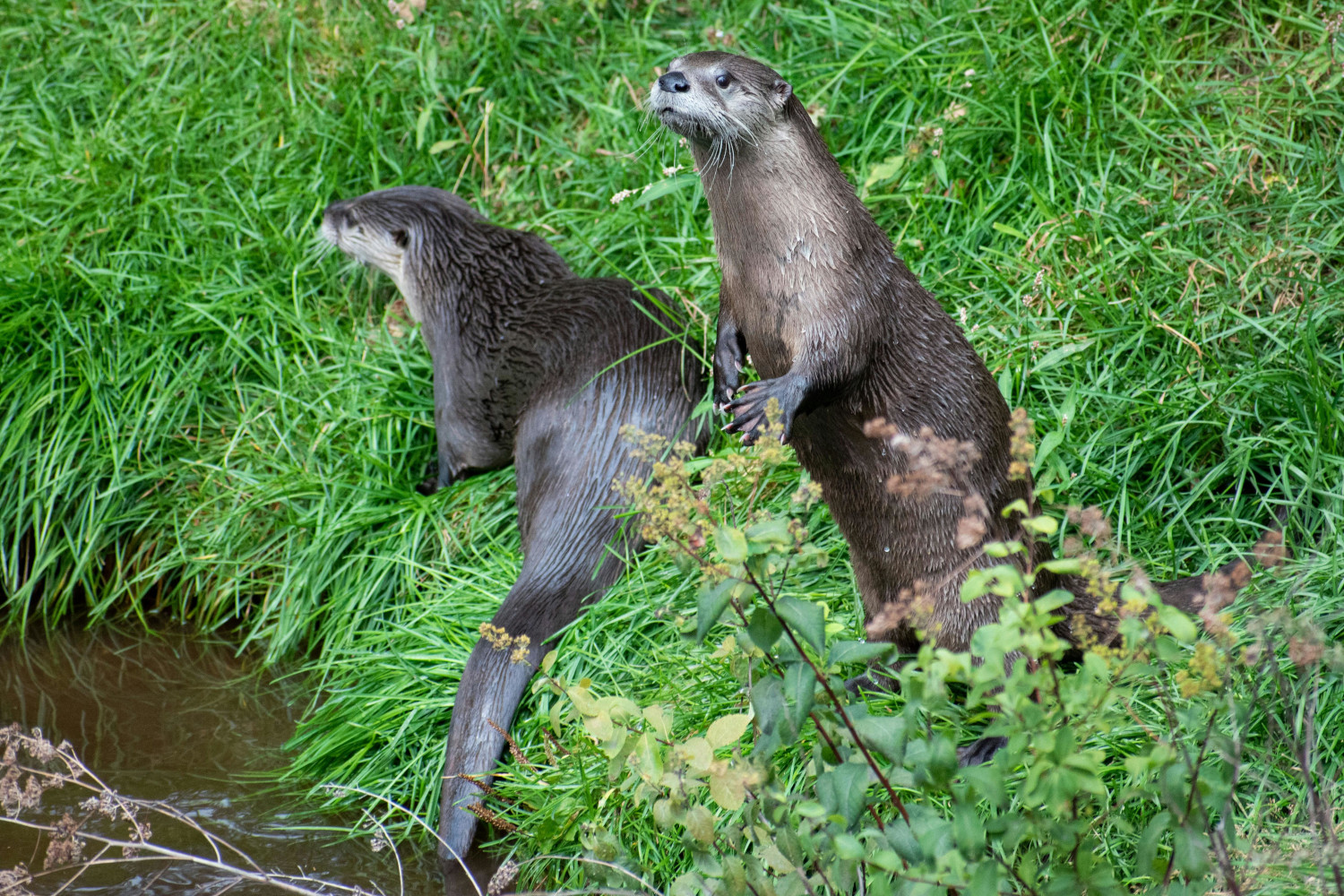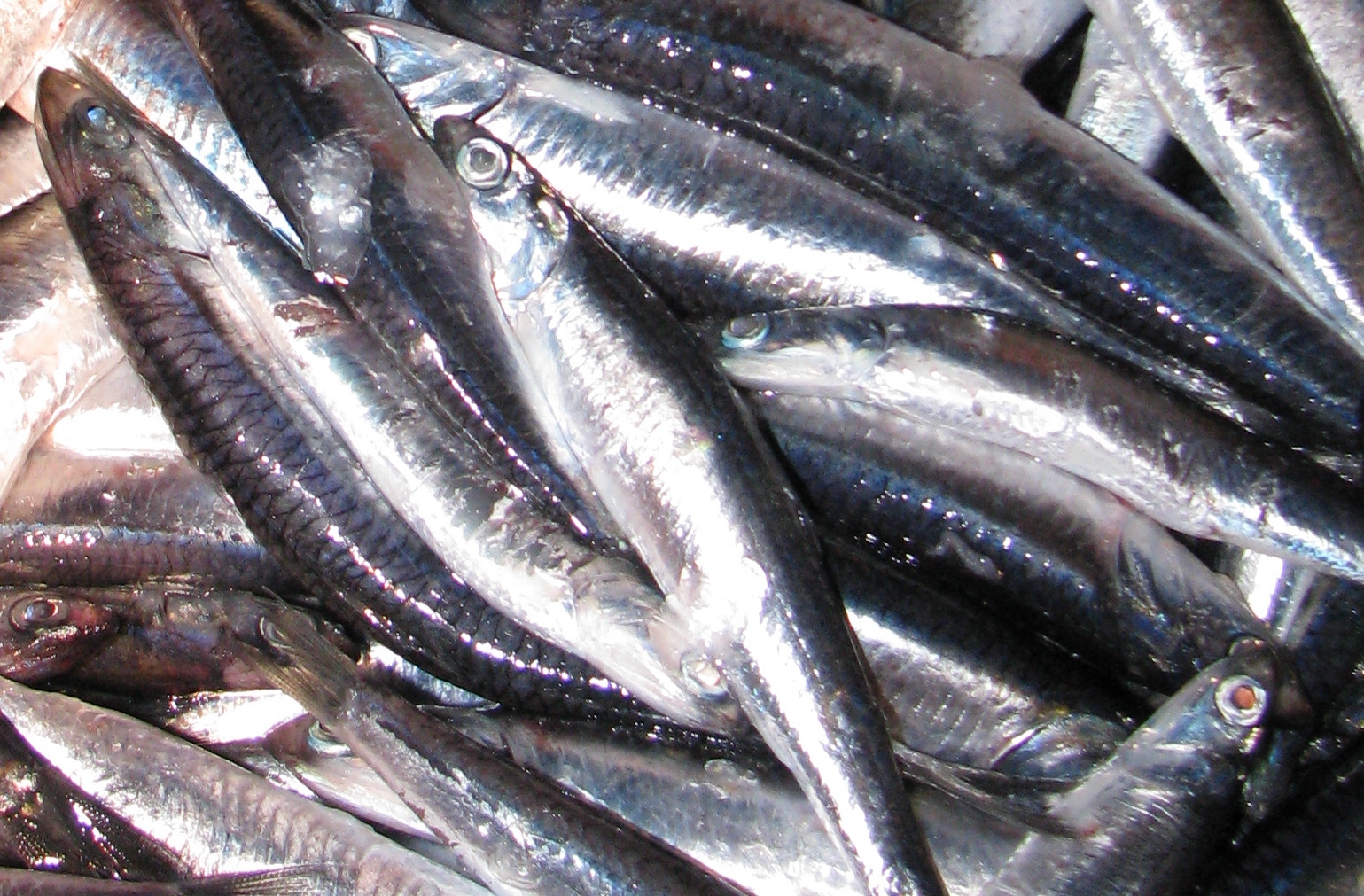Warm cold water
- We know the lunar surface better than the oceans, seas and deep waters around us. Immersed in these vast blue areas, television documentaries show us distant, warm and exotic territories. Next to one of the worst coconut trees on a desert island of dreams, we see a female turtle in the moonlight that lays eggs with eyes teardrop. Have you ever thought that this turtle can be seen on our shores? On the shores of the Gulf of Bizkaia, fishermen can observe it sporadically, as their black skin matches the dark colour of the Cantabrian Sea.

Turtle (Dermochelys coriacea)
Group: Vertebrate / Reptile
Size: 1,80-2,20 m in length. Between 250 and 900 kg.
Where does he live? On the high seas, in all the oceans of the world.
What do you eat? Slender invertebrates.
Level of protection: In the list of the International Organization for the Conservation of Nature: Vulnerable.
There are eight sea turtles known in the terrestrial oceans. However, the leather turtle is the most spectacular and attractive, as the different qualities distinguish it from the others. For starters, the name is significant. Although it is also known as “Laúd tortuga” (because of its similarity with the shape of the instrument), the “leather turtle” is the most characteristic. In fact, your body is picked up by a soft, black skin, with smooth, yet sturdy surfaces. This dark surface, like dark night stars, is sprinkled with clear spots. Its carapace has 7 longitudinal nozzles, in the form of an antepecho of a wooden boat. Along with the two previous large fins, these keels will assist in your swimming, performing the most hydrodynamic of sea turtles. Besides being the largest of sea turtles (specimens of 916 kg and almost 2 m have been found), it is the fastest in the water, with capacity to perform large transoceanic sailings.
Once the fertilization and spawning season in the warm coasts (Mexico, Brazil, Guyana…), in spring-summer, the leather turtle is directed to the fodder areas of the north, being one of its destinations the Gulf of Bizkaia, along with the east and west of the North Atlantic. The morphology of his mouth and throat reflects the specificity of this animal with regard to food: it only feeds on slender beings (such as salp, jellyfish, etc.). And for that, it has such a special, keratinized, W shaped peak, adapted to capture lidingy prey.
These long sea trips make the leather turtle essential to regulate body temperature. In fact, being a reptile, it is ectothermal: the body temperature is conditioned by the exterior temperature. The leather turtle has a wider adaptability than other sea turtles which, unlike others, allows it to feed in cold water. Although its large size and the amount of fat contribute to stop temperature changes in your blood, this species has a hidden superpower of thermo regulation: its front and rear fins are adapted for this function, its circulation systems have anti-current heat exchangers to reduce heat loss. We could say, therefore, that the turtle has some magnificent high tech socks.
This animal has another characteristic that makes it special. How do you know, as you go on your journey, when it is time for you to return to the hottest water? The answer lies in the pink stain of the head. Each has a different spot, which researchers use as a “fingerprint” to differentiate. Why do they have that special stain on their heads? It's a window for transmitting light to the brain. The skeletal structure underneath the pink spot also detects the slightest change in light, so we could say that this spot is the turtle biological clock window, the alarm clock that tells you when to leave these food zones. On the fall equinox (when the day is 12 clear hours and 12 dark hours) it detects changes of light and takes a trip south, leaving the nearest fodder areas to the Basque coast and starting the journey back to the hottest water of the tropics.
The turtle has no GPS device, no heating, no internet. And so, he is able to make transoceanic trips around the world, reading moons, lights, currents, etc., to discover the beach and the foraging fields that surround him. They also do not need whatsapp to meet and make an appointment. And as we have seen, they not only live in the tropical waters of Cape Verde or Guyana. Their habitat is the entire ocean and they need as many feeding areas as the fire beaches. Will we be able to respect their place of residence? Because our coastline is also theirs. And if not, let's do at least because they eat such uncomfortable jellyfish on the beaches.
Itsasoan badira landareen itxura izan arren animalia harrapari diren izaki eder batzuk: anemonak. Kantauri itsasoan hainbat anemona espezie ditugun arren, bada bat, guztien artean bereziki erraz atzemateko aukera eskaintzen diguna: itsas-tomatea.
Ugaztunei eskainitako azken artikuluaren amaierako hitzak hurrengo animalia aurkezteko aitzakia paregabea dira. Bertan esaten genuen muturluzeak erreka “garbi eta txukunak” behar dituela, kutsadurarik gabeak baina elementu natural anitzekin. Animalia txiki horren... [+]
Antxoa, bokarta edo albokartia, gure arrain komertzialen artean txikiena, euskal kostaldera hurbildu da.
Katalanen ustetan artzainak engainatzen omen ditu hegazti honek: “enganyapastors”. Espainiar eta latindarrek, aldiz, ahuntzari esnea kentzen diola diote, hortik datorkio hain zuzen ere izen zientifikoan (Caprimulgus europaeus) islatzen den caprimulgus (capra... [+]
Leihatila honetan behin baino gehiagotan azaldu ditugu Ama Naturaren engainuak bere izakiak babestearren. Batzuetan, erle edo liztor itxura zuten euliak ekarri ditugu, beste batzuetan inongo arriskurik ez duten arrisku-kolorazioko intsektuak ere bai (kolorazio aposematikoa... [+]
Nekazal eremu lehor baten erdian ageri da putzua. Txikia da tamainaz, eta ez oso sakona. Egunak dira euririk egiten ez duela, baina oasi txiki honek oraindik ere aurretik bildutako urari eusten dio. Gauak eremua irentsi du eta isiltasunaren erdian kantu bakarti bat entzun da... [+]

















